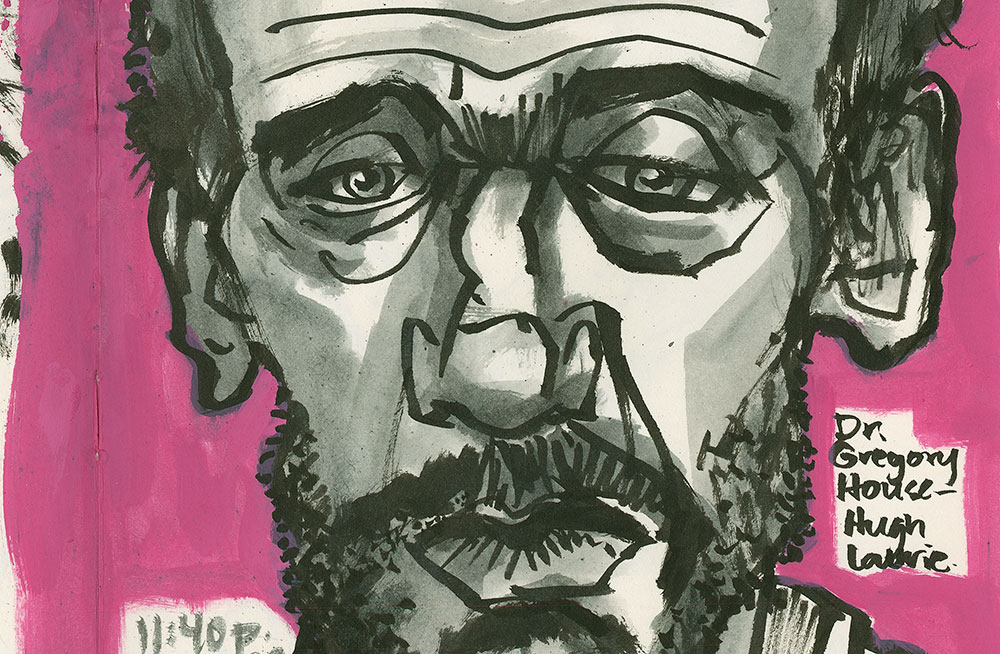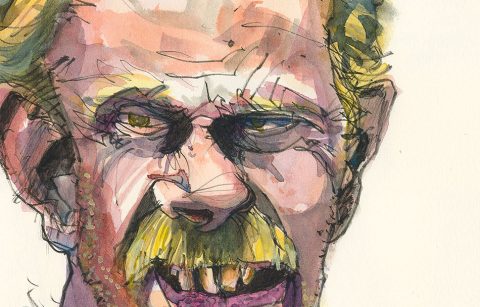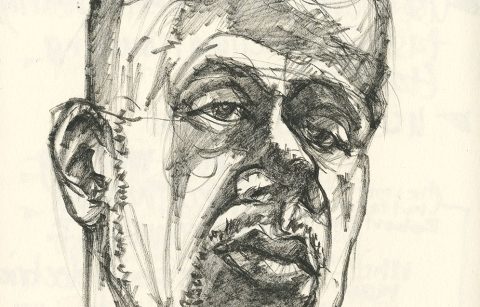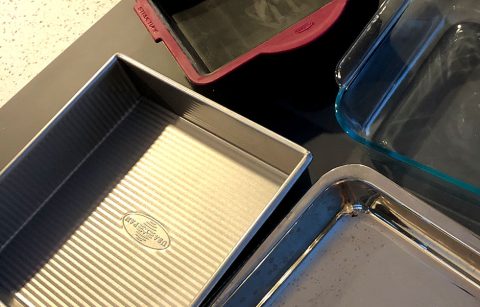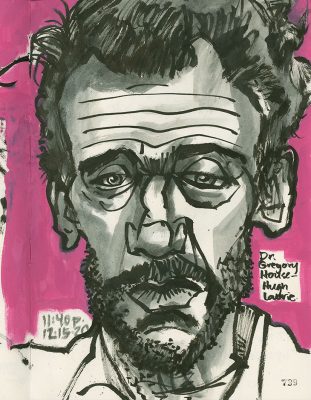
I’ve met students who come to my classes who are totally frustrated with their materials and tools. They keep doing the same thing with their tools, using those tools, usually because an “expert” told them they were the best tools.
Unfortunately the best tool for one artist might not be the best tool for another.
I have a series of posts coming up, beginning with this one, which show examples of how I work differently when I work with different tools. And yet, even if the likeness of the person I was quickly sketching is not in the sketch, I believe you can see the likeness of my hand—different, yet similar.
I encourage you to find tools that work for you, not someone else.
The main reason to use a particular tool is that you can achieve a desired effect. And the second reason for your choice I believe needs to be what I call the “fun factor.” If you enjoy using a particular tool then you’ll practice more with it and get better.
If you’ve been using “pen X” because some artist raved about it on a blog post, or because you love some artist’s work, but the tool isn’t working for you, try something new to get off this plateau you’re on! Your drawing practice will thank you for it.
Suggestions:
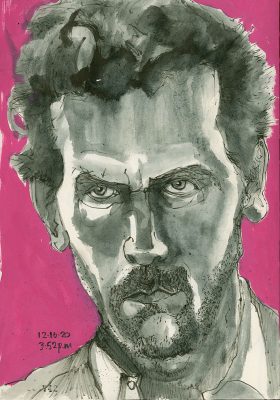
Experiment in a consistent fashion with one tool on a particular paper daily for at least 2 weeks. Four weeks would be even better. This daily encounter with the tool will get you over the “it doesn’t look right” adjustment period, and also help you understand what that tool can do.
If you’re working with pen and ink or a brush pen, I recommend that you start by using a smooth drawing or hot press watercolor paper. It’s easier to work with these tools on a smooth surface. Once you have the knack of the tool, say after about 2 weeks, you can try other textured papers.
Other Considerations
If you think there is a perfect pen and a perfect paper you might enjoy reading this blog post of mine on the topic. You might also use the blog’s search engine to look at other discussions of paper and pens.
You might also think about your default scale. This is going to change based on you and your eyes being different from everyone else’s, but also based on which tool you’re using.
I wrote about “default scale” in fall 2020 because I was wrapping up most of my teaching efforts because of my eye health. I even have a video lecture where I talk about this to my departing “Drawing Practice” students.
Specifics of Today’s Two Sketches
I use a different tool (broad or fine) for these drawings that are both at roughly the same scale on the same size of paper. How does this fit in what I talk about as “default scale” in the last paragraph?
The brush pen sketch at the top of this post is at the bottom limit of scale for me using that pen the way I most enjoy using it. And the second sketch is pushing the upper limit for the fine brush pen I used there. (In fact I think I’ve pushed a little too far, too large.)
Which tool you pick up is going to influence how you work. Discover your process and use your tools not only efficiently, but in ways that give back the most enjoyment.



















